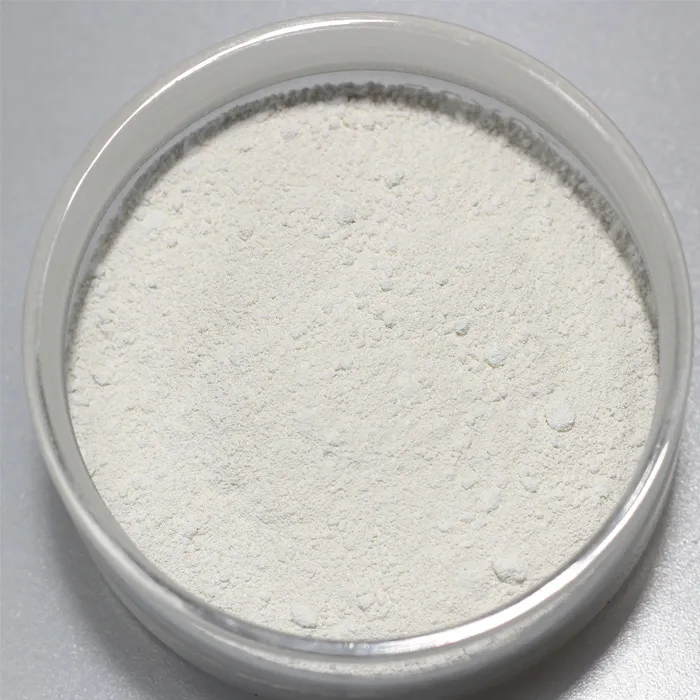Chemicals Used to Disinfect the Water Supply
Ensuring safe drinking water is crucial for public health, and one of the most vital steps in the water treatment process is disinfection. Disinfection helps eliminate pathogens such as bacteria, viruses, and parasites that can cause waterborne diseases. Various chemicals are utilized in the disinfection of water supplies, each with its unique properties and applications. This article explores the most commonly used chemicals in water disinfection.
1. Chlorine
Chlorine is one of the most widely used disinfectants in water treatment. It is effective against a broad spectrum of pathogens, including bacteria and viruses. When chlorine is added to water, it forms hypochlorous acid, which is highly effective in killing microorganisms. One of the advantages of chlorine is its residual effect; even after the initial disinfection process, residual chlorine remains in the water, providing ongoing protection against recontamination. However, the formation of disinfection byproducts, such as trihalomethanes, is a concern, leading to potential health risks.
2. Chloramine
Chloramine, a combination of chlorine and ammonia, is used as an alternative to free chlorine in water treatment. It is particularly useful for systems that require a longer-lasting disinfectant residual, as chloramine is more stable than chlorine. Chloramine is less reactive than chlorine, which helps reduce the formation of harmful disinfection byproducts. However, it may be less effective against certain pathogens compared to chlorine.
3. Ozone
what chemicals are used to disinfect the water supply

Ozone is a powerful oxidizing agent and is often used as a disinfectant in water treatment facilities. It effectively kills bacteria, viruses, and protozoa. The process involves generating ozone from oxygen using an ozonator, then infusing it into the water. One of the significant benefits of ozone is that it breaks down rapidly, leaving no harmful residues. Additionally, ozone can improve the taste and odor of water. However, the limitation of ozone is its high cost and the need for specialized equipment.
4. Ultraviolet (UV) Light
While not a chemical in the traditional sense, UV light is a popular method for disinfecting water. UV disinfection involves exposing water to ultraviolet light, which inactivates microorganisms by damaging their DNA. This method is effective against a wide range of pathogens and does not add chemicals to the water. However, UV systems require clear water to be effective, as turbidity can block the UV light, reducing its efficacy.
5. Hydrogen Peroxide
Hydrogen peroxide is increasingly being used as a disinfectant in water treatment. It acts as both an oxidizing agent and a biocide, making it effective against a variety of pathogens. Hydrogen peroxide breaks down into water and oxygen, leaving no toxic residues. However, its use is generally more limited compared to chlorine and ozone, largely due to its higher cost and the need for dosage control.
Conclusion
Disinfection is a critical component of water treatment, ensuring that the water supply is safe for consumption. Different chemicals and methods, such as chlorine, chloramine, ozone, UV light, and hydrogen peroxide, offer various benefits and challenges. Water treatment facilities must carefully select the appropriate disinfectants based on their specific needs, the quality of the source water, and the potential for harmful byproducts. Ultimately, the goal is to provide safe, clean drinking water to communities, safeguarding public health against waterborne diseases.

